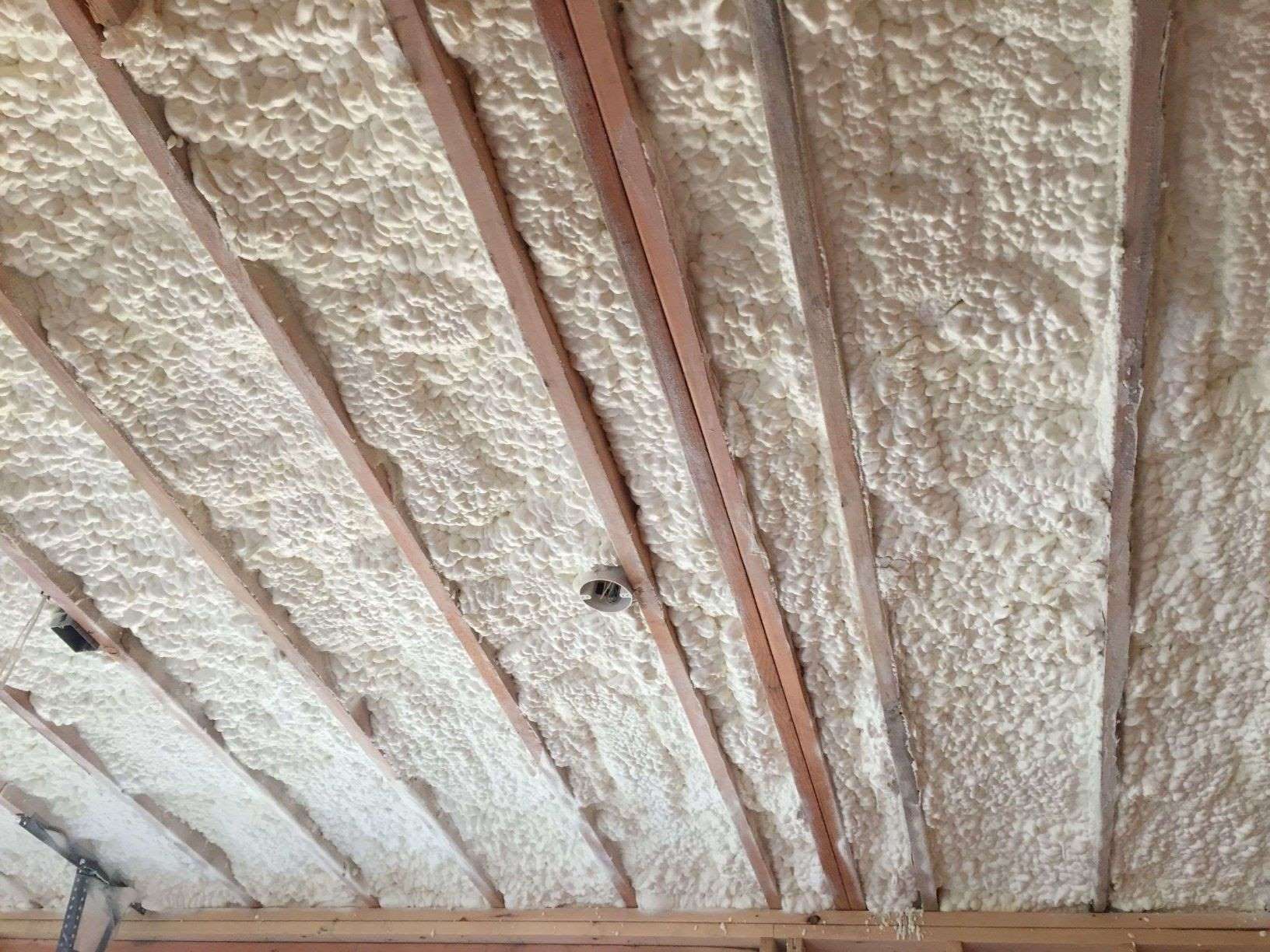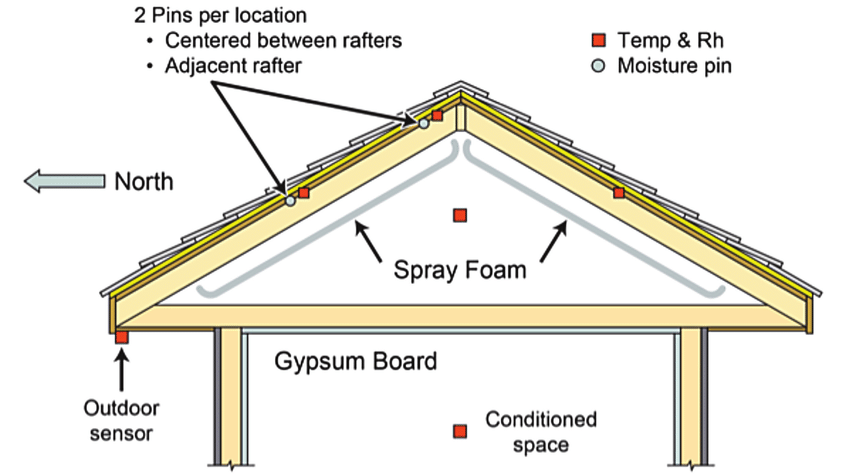Open-cell spray foam insulation has earned its reputation as a top-tier solution for homeowners in Florida, particularly in regions like Columbia County. The area’s subtropical climate—with sweltering summers, high humidity, and occasional cold snaps—demands insulation that goes beyond traditional materials. Open-cell spray foam rises to the occasion, offering superior air sealing, effective humidity regulation, and long-term energy savings.
Unlike older, more rigid insulation options, this spray-applied material forms a seamless barrier that expands into crevices and gaps, blocking heat transfer and air movement. Its breathability allows water vapor to escape, which is crucial in preventing mold and mildew—an all-too-common issue in Florida homes.
In this comprehensive guide, we’ll break down the science behind open-cell spray foam, explore how it stacks up against other popular insulation types, and highlight what Florida homeowners need to consider before installation. Whether you’re planning new construction or retrofitting an older structure, understanding why open-cell spray foam fits Florida’s needs can help you make an informed, cost-effective decision.
Understanding Open-Cell Spray Foam Insulation
How It Works
Open-cell spray foam is a light-density polyurethane-based material that expands dramatically upon application—up to 100 times its original volume. This rapid expansion allows it to fill cavities and awkward nooks that other materials might miss.
What truly sets open-cell foam apart is its semi-permeable nature. While it forms an effective air barrier, it still allows controlled moisture vapor to pass through. This unique characteristic is especially beneficial in Columbia County’s muggy climate, where managing indoor humidity is key to maintaining both comfort and structural integrity.
Key Characteristics:
- Expands significantly to fill small gaps and voids
- Semi-permeable to water vapor, preventing moisture entrapment
- Strong sound-dampening qualities
- Lightweight and flexible, making it ideal for interior use
- R-value of ~3.5 to 3.8 per inch

Why It’s Perfect for Columbia County’s Climate
Climate Compatibility
Columbia County faces year-round moisture challenges due to frequent rainfall, humid air, and temperature swings. Open-cell spray foam is particularly suited for this climate because:
- It significantly reduces heat gain during long summers, keeping indoor temperatures cooler.
- It supports moisture diffusion, helping homes avoid condensation buildup and related problems.
- It seals air leaks, which are a primary contributor to high energy bills and inconsistent room temperatures.
Bonus Tip:
When paired with proper attic ventilation and HVAC performance, open-cell spray foam can greatly improve indoor air quality, reduce allergens, and limit the growth of mold—all vital for homes in Florida’s damp conditions.
Comparing Insulation Options for Florida Homes
| Feature | Open-Cell Spray Foam | Closed-Cell Spray Foam | Fiberglass Batt | Cellulose |
| R-value per inch | ~3.5 – 3.8 | ~6.5 – 7.0 | ~2.9 – 3.2 | ~3.2 – 3.8 |
| Moisture Permeability | Yes (semi-permeable) | No (impermeable) | Yes | Yes |
| Sound Dampening | Excellent | Moderate | Poor | Moderate |
| Air Sealing | Excellent | Excellent | Poor | Poor |

Open-cell foam often wins out in Florida homes where managing humidity and indoor acoustics are major concerns. While it doesn’t provide the ultra-high R-value of closed-cell foam, its affordability, flexibility, and performance in high-moisture environments make it an appealing option.
Technical Specifications: Open-Cell Spray Foam
| Property | Value/Description |
| Density | ~0.5 lbs per cubic foot |
| Expansion Ratio | 100:1 |
| R-value | ~3.5 per inch |
| Vapor Permeance | ~10 perms at 3 inches |
| Sound Transmission Class | ~37 – 42 (depending on application) |
These technical specifications illustrate why open-cell spray foam insulation in Columbia County is prized for residential applications where comfort, quiet, and humidity control are priorities. The foam’s low density means it shouldn’t be used where water contact is likely, such as in basements or exterior applications, but for most above-grade interior uses, it excels.
Things to Consider Before Choosing Insulation
Ventilation & Moisture Control
Even with a top-tier insulation material like open-cell foam, a well-ventilated space is essential. Without proper ventilation, any trapped moisture can compromise both indoor air quality and building materials. Pay special attention to attic venting, roof design, and crawl space airflow when planning your insulation strategy.
Building Codes & Rebates
Always consult local building codes specific to Columbia County. Florida’s state energy codes may also influence your material selection, thickness, and application method. Additionally, several utility providers in Florida offer rebates and incentives for homeowners who upgrade to energy-efficient insulation, including spray foam.
Structure Type
Open-cell spray foam is best suited for interior walls, attics, and ceilings. It should not be used underground or in high-moisture locations like basements. Evaluate your home’s structure and layout to determine where open-cell spray foam will provide the most benefit.
Common Homeowner Questions
- “Will it make my home quieter?”
Absolutely. Open-cell spray foam’s sound-absorbing qualities help dampen street noise, HVAC vibration, and even foot traffic between floors. - “Is it safe for indoor air quality?”
Yes. Once cured, the foam is chemically stable and inert, emitting no harmful gases or particles. - “Does it deter pests?”
While not a pesticide, open-cell spray foam creates a continuous barrier that blocks entry points commonly used by pests. - “Can I install it myself?”
It’s best left to trained professionals who can ensure proper thickness, curing, and application to avoid performance issues or safety risks. - “How long does the installation take?”
Most residential installations can be completed in one to two days, depending on the size of the space and accessibility.
Frequently Asked Questions About Home Insulation
Q: What’s the difference between open-cell and closed-cell foam?
A: Open-cell is less dense, more flexible, and allows vapor to pass through—ideal for warm, moist climates. Closed-cell is rigid, vapor-proof, and delivers higher R-values, but at a higher cost and with less flexibility.
Q: How long does spray foam insulation last?
A: When applied correctly, spray foam insulation can last 20–30 years or more without significant deterioration.
Q: Is it worth the higher cost upfront?
A: Yes. Energy savings, noise reduction, and improved comfort typically recoup the cost within a few years.
Q: What areas of a home benefit most from spray foam?
A: Attics, ceilings, exterior-facing walls, and crawl spaces see the most benefit in terms of energy savings and comfort.
Q: Can it be used in existing homes?
A: Definitely. Spray foam can be added during renovations or upgrades, although accessibility to framing and cavities may affect cost and ease of application.
Finding the Right Insulation Expertise
Columbia County residents looking to enhance their home’s resilience against Florida’s heat and humidity will find open-cell spray foam to be a smart, efficient, and long-lasting solution. Its unique properties make it particularly well-suited for combating air leaks, mold growth, and inflated energy bills.
For trusted application and professional guidance on open-cell spray foam, homeowners can rely on R-Factor Spray Foam Solutions, a provider experienced in tailoring insulation to Florida’s climate and building styles.
Company: R-Factor Spray Foam Solutions
Phone: (352) 900-3341
Email: [email protected]